We know a lot about Tyrannosaurus rex (or T.rex for short) - tyrant dinosaur through fossil bones, movies and can imagine somewhat about their aggression and bloodlust.
However, before T.rex there were many predators that only disappeared because of climate change and there were hardly any other species that could threaten their lives.
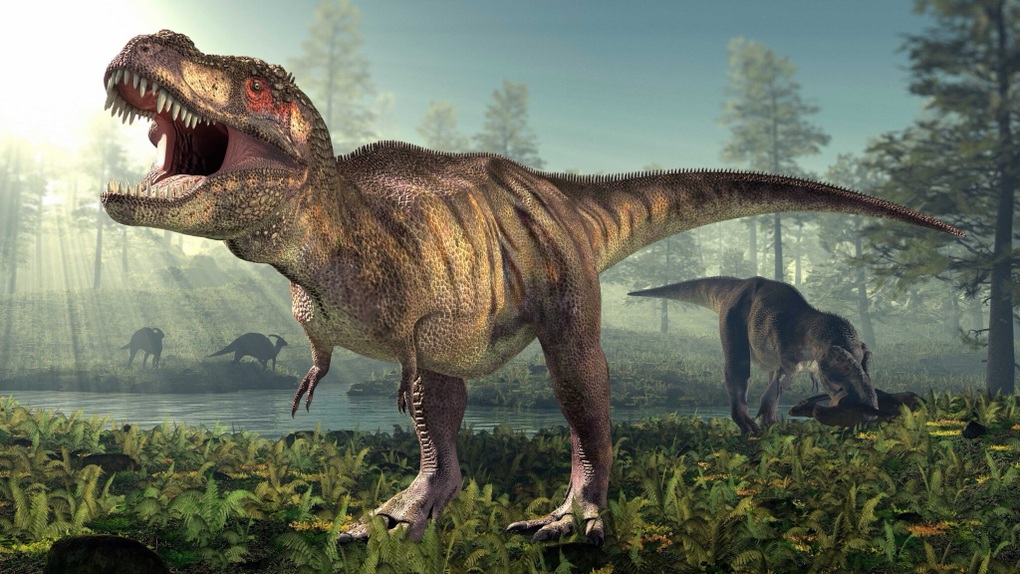
The Tyrannosaurus Rex is just the most conceivable example of the “ancient monsters” that once existed on Earth (Photo: Getty).
The Earth has gone through countless geological periods over hundreds of millions of years, from the Cambrian Period 541 million years ago to the current Holocene Period (also known as the Human Era) dominated by humans.
However, if humans existed during the heyday of these monsters, the sci-fi movie visions where humans were just one of their tiny preys would surely come true.
Megalodon
When thinking about the most dangerous extinct animals, we cannot ignore Megalodon (Otodus megalodon) - a giant shark that could reach up to 60 feet (18 meters) in length, while the great white shark only reached 21 feet (about 6.4 meters) in length.
Recent studies have shown that they can reach lengths of up to 24.3 m.
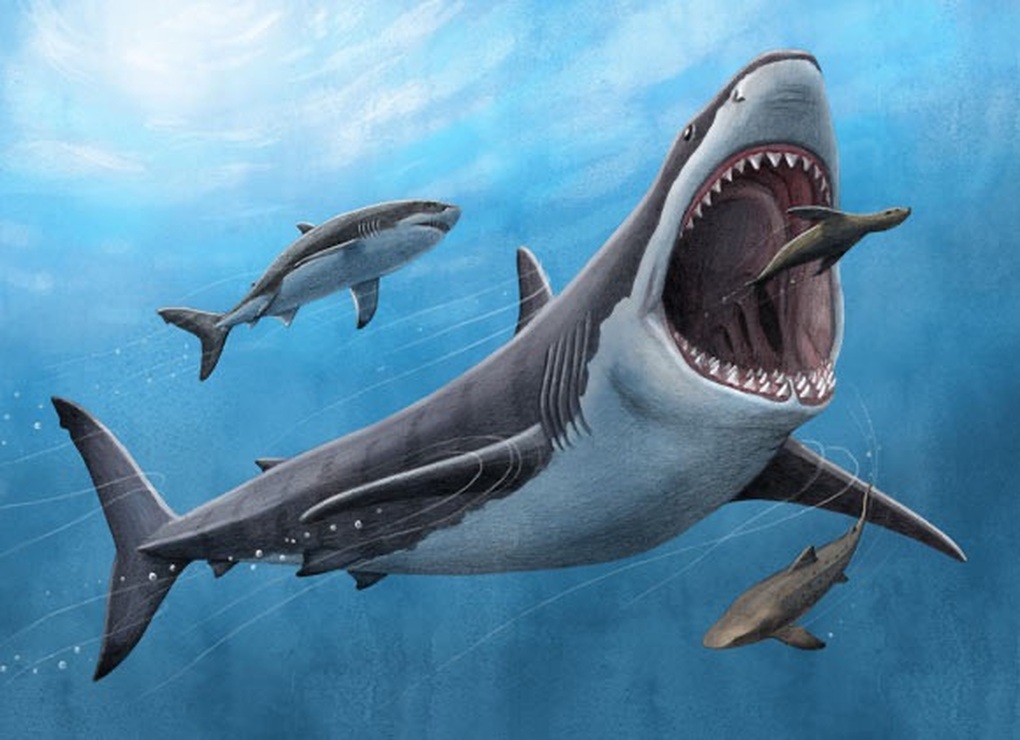
Megalodon appeared more than 20 million years ago and dominated the ocean for about 13 million years (Illustration: Alex Boersma).
Megalodon is believed to have had the strongest bite of any sea creature in history. According to the Natural History Museum in South Kensington, Megalodon had 276 serrated teeth with a bite force of 182,201 Newtons (equivalent to 11-18 tons).
If compared with the strongest bite force of a living animal - the hippopotamus, their bite force is only "modest" at 8,130 Newtons.
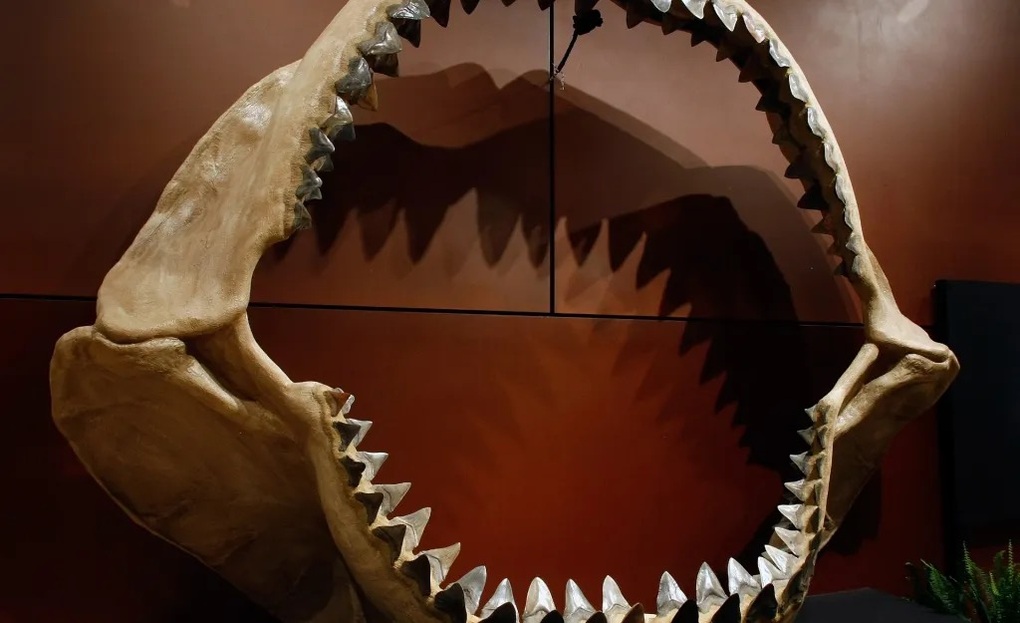
Fossilized teeth of Megalodon (Photo: Getty).
The cause of their extinction remains a mystery. Some hypotheses put forward by scientists include climate change or a decline in food sources. However, during their time, Megalodon had no rivals in the deep sea.
Titanoboa
Titanoboa (Titanoboa cerrejonensis) was one of the largest snakes that ever lived on Earth.

Titanoboa could reach up to 42 feet (nearly 13 meters) in length and weigh more than a ton (Photo: Florida Museum).
Their fossils were first unearthed in 2009 when researchers found 30 of their skeletons in present-day Colombia.
The fossils date back 58 to 60 million years to the Paleocene Epoch, or the geological period immediately following the extinction of the dinosaurs. They are thought to have evolved in North and South America during the Cretaceous Period.
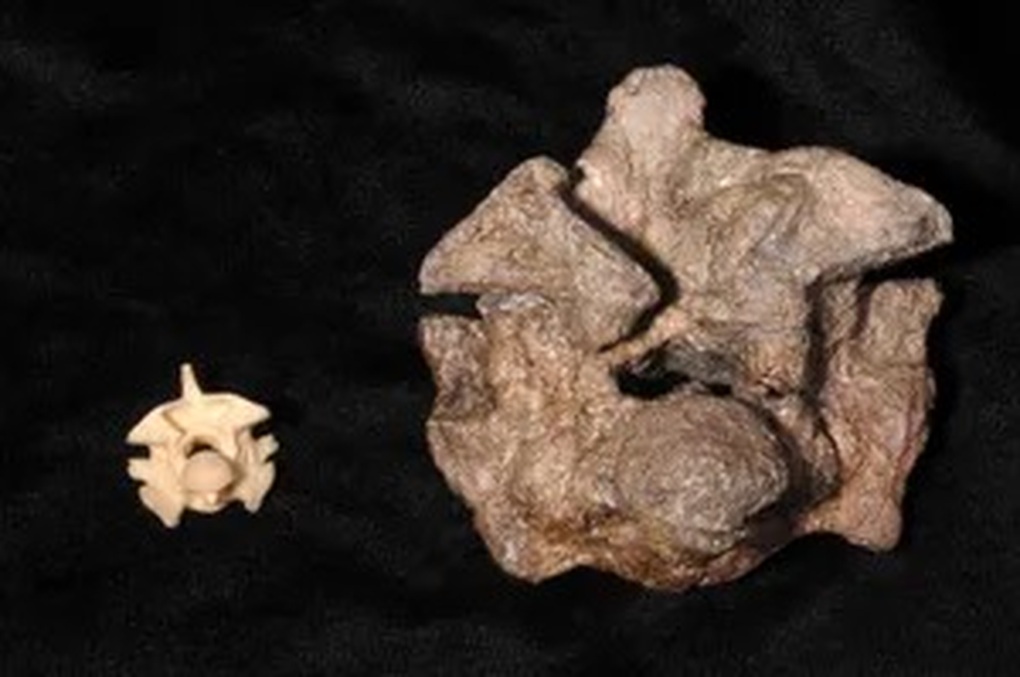
Comparison of the vertebrae of the Anaconda (left) - the largest python in the world today with the "ancient beast" Titanoboa cerrejonensis (right) (Photo: Ray Carson).
Titanoboa was a giant snake, reaching lengths of up to 42 feet (nearly 13 meters) and weighing more than a ton. It used its body to wrap around its prey and crush bones before swallowing it whole with its mouth, and its head could be more than 2 feet (0.6 meters) long.
They lived in a time when forests were spread all over the planet and the climate was humid. This natural condition helped them grow to enormous sizes.
Deinosuchus
Deinosuchus (Deinosuchus rugosus) is considered by paleontologists to be the largest crocodile that ever lived on Earth. It grew up to 40 feet (12 meters) long and weighed between 6.5 and 7.5 tons - as much as an adult T. rex.
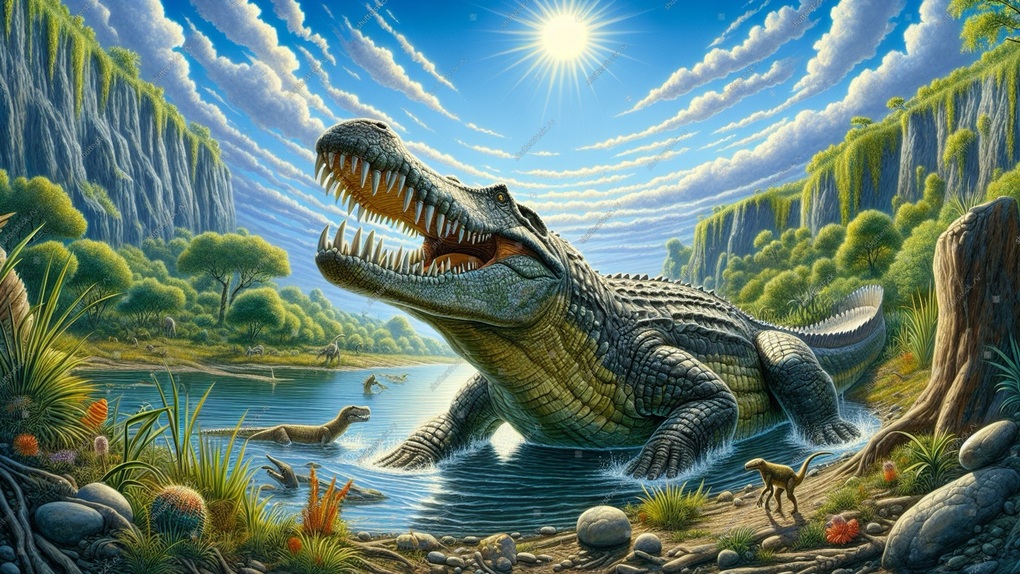
Deinosuchus is believed to be the largest crocodile that ever lived on Earth (Illustration: Shutterstock)
With an incredibly powerful bite, Deinosuchus was capable of crushing the bones of even the largest dinosaurs. During the Cretaceous Period, they were the largest predators in North America.
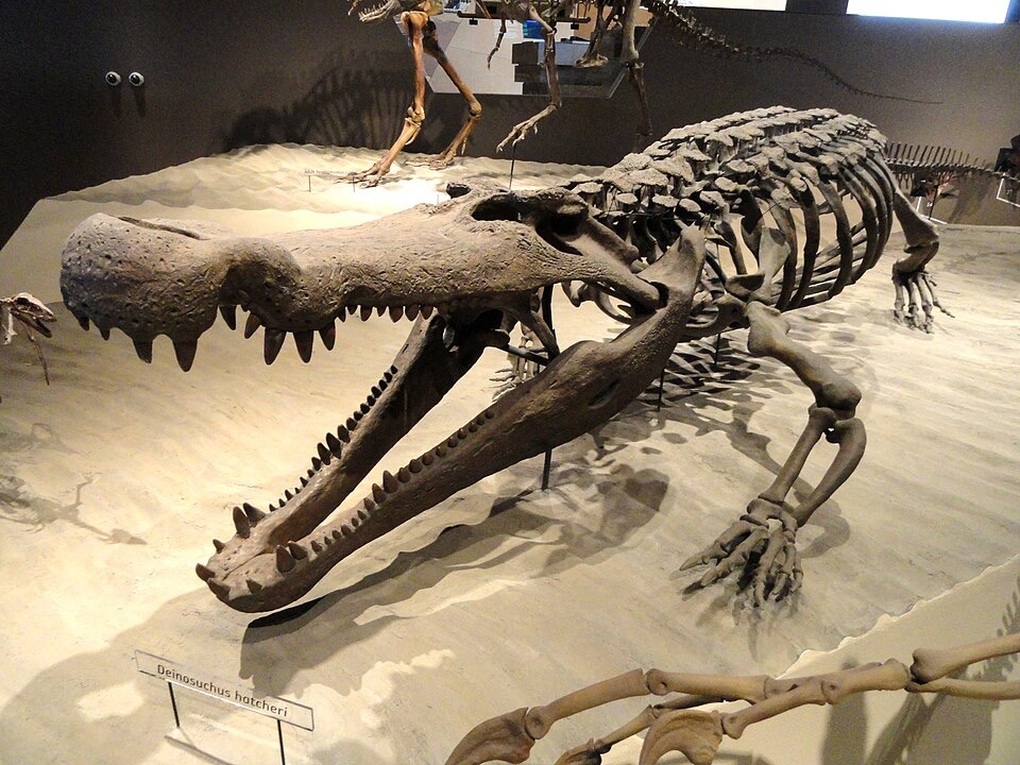
A reconstructed skeleton of Deinosuchus at the Natural History Museum of Utah.
Quetzalcoatlus
Fossils of this species have been found, leading people to mistake it for a giant bird. In fact, Quetzalcoatlus (Quetzalcoatlus northropi) was one of the largest pterosaurs that ever lived on Earth.
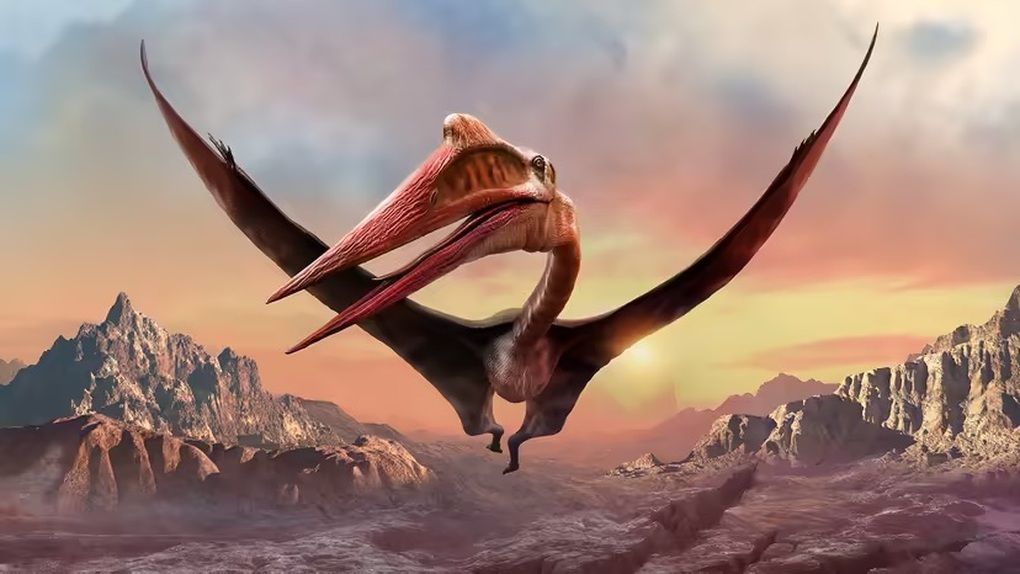
Quetzalcoatlus had a wingspan of up to 10 meters and a beak as sharp as a knife (Illustration: Shutterstock).
They have a wingspan of up to 10m, are 4.8-5.5m tall, weigh 210-250kg and can fly at speeds of 80 mph (over 128km/h). They have extremely long, thin, knife-like beaks, but they have no teeth. When walking on land, they can move their head and neck in a 180-degree arc.
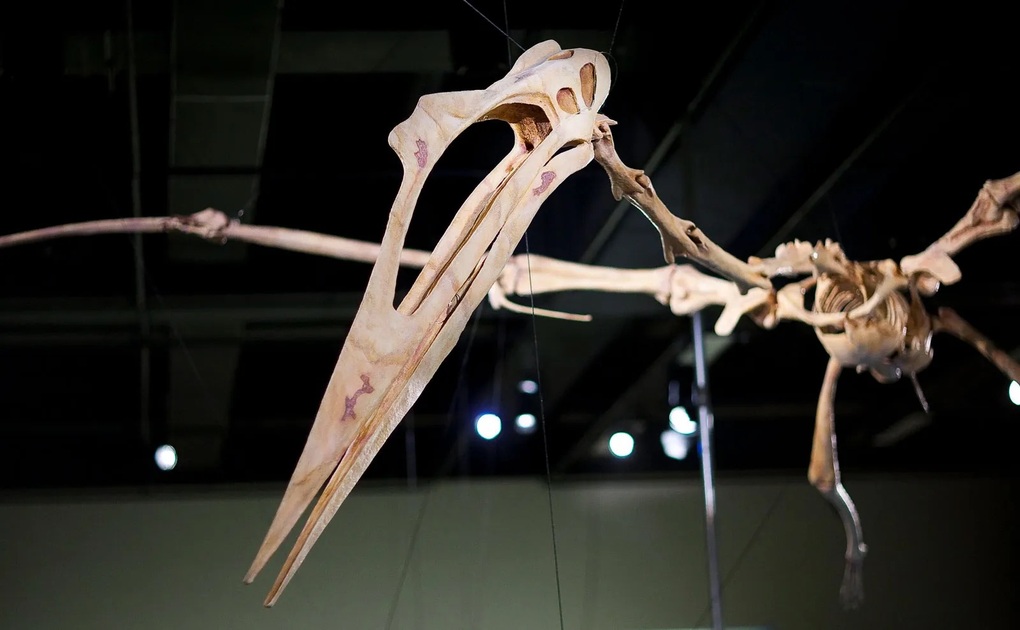
A fossil of Quetzalcoatlus is recovered at the Museum Victoria, Melbourne, Australia.
Quetzalcoatlus was skilled at stalking prey both in the air and on land. Paleontologist Kevin Padian, professor emeritus of biology and curator emeritus at the UC Museum of Paleontology, describes how the giant pterosaur would have handled its unfortunate prey: “They would raise their heads and swallow. If Quetzalcoatlus was flying, they could swoop down and hold their prey with their beak.”
Phorusrhacos
The South American bird of the Phorusrhacidae family is considered by paleontologists to be one of the most terrifying extinct animals on the planet. Phorusrhacos could barely fly, but they were capable of running at speeds of up to 60 mph (97 km/h).
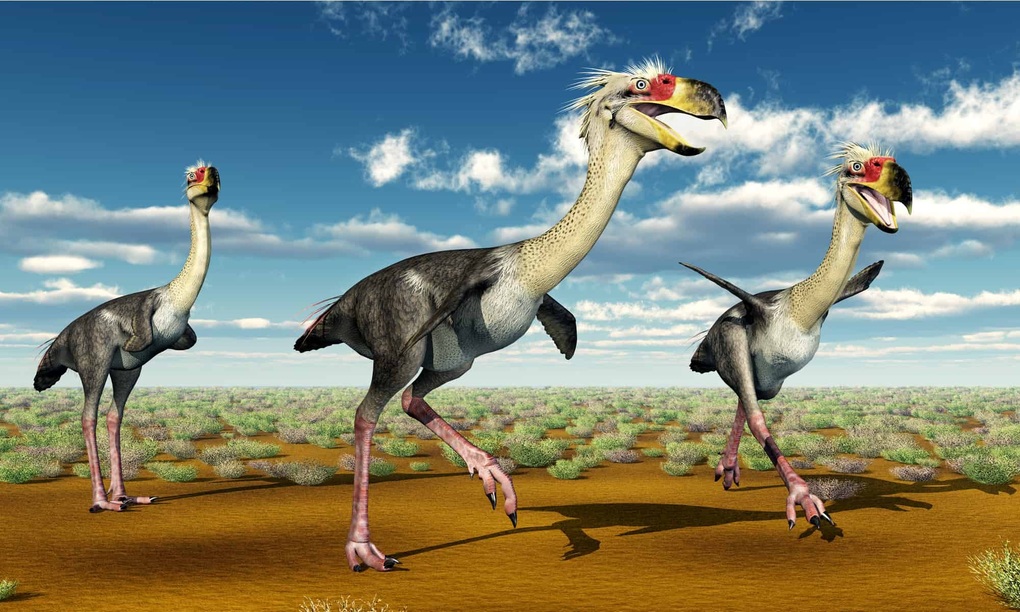
Phorusrhacos was one of the most dominant terrestrial carnivores in South America during the Miocene Epoch (Photo illustration: Shutterstock).
A single Phorusrhacos could grow up to 10 feet tall, using its beak like a sharp axe to strike down on its prey. Its sharp teeth made it even more of a notorious predator, striking fear into the small rodents and mammals that lived there at the time.
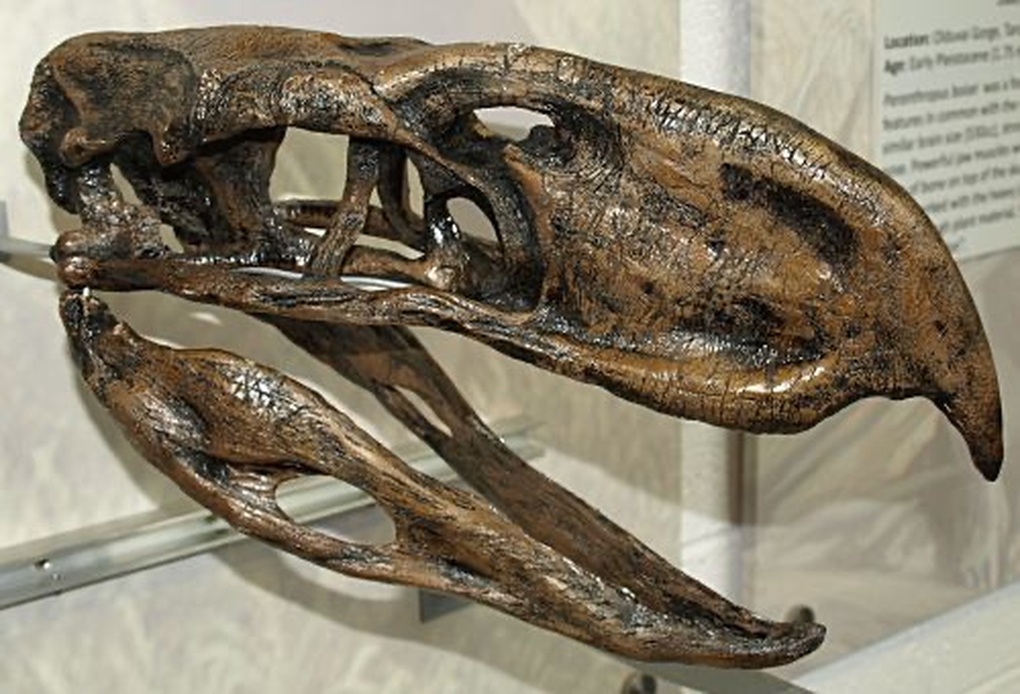
Skull of a Phorusrhacos (Photo: University of Leeds).
They gradually became extinct due to geological changes 2.7 million years ago - when other formidable predators such as saber-toothed tigers arrived in South America, causing them to lose their advantage due to competition for food.
Arthropleura
This fearsome creature is the largest terrestrial invertebrate ever discovered.

A model depicting the extinct Arthropleura species in Germany's Dinosaur Park (Photo: Mark Boulton)
They were capable of growing up to 8 feet (2.4 meters) long and nearly 2 feet (0.6 meters) wide, and could weigh nearly 110 pounds (50 kg). Arthropleura - with 32 to 64 jointed legs that roamed the Earth during the Carboniferous period.
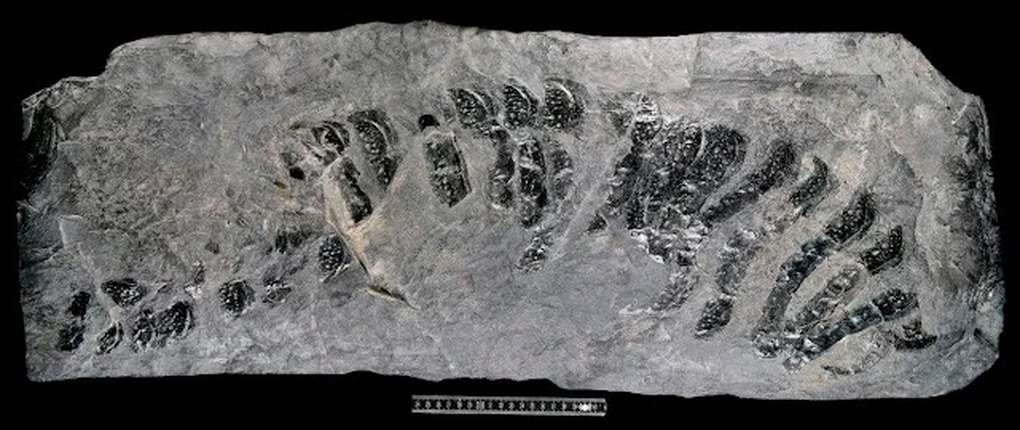
Fossil of Arthropleura, photographed at the Senckenberg Museum in Frankfurt, Germany (Photo: Sven Tränkner).
Although Arthropleura's diet consisted primarily of plants and smaller invertebrates, its enormous size and appearance make it one of the most terrifying extinct animals that ever lived.
Source: https://dantri.com.vn/khoa-hoc/nhung-quai-thu-khong-lo-tung-ngu-tri-trai-dat-20250926165847971.htm


![[Photo] Keep your warehouse safe in all situations](https://vphoto.vietnam.vn/thumb/1200x675/vietnam/resource/IMAGE/2025/10/1/3eb4eceafe68497989865e7faa4e4d0e)



![[Photo] Hanoi morning of October 1: Prolonged flooding, people wade to work](https://vphoto.vietnam.vn/thumb/1200x675/vietnam/resource/IMAGE/2025/10/1/189be28938e3493fa26b2938efa2059e)
![[Photo] President of the Cuban National Assembly visits President Ho Chi Minh's Mausoleum](https://vphoto.vietnam.vn/thumb/1200x675/vietnam/resource/IMAGE/2025/10/1/39f1142310fc4dae9e3de4fcc9ac2ed0)
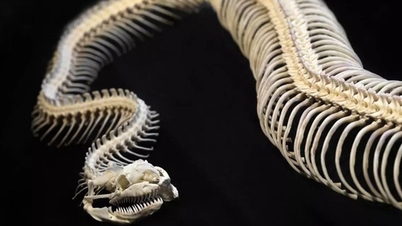









![[INFOGRAPHIC] DJI Osmo Nano Action camera, super compact, 4K 120fps recording](https://vphoto.vietnam.vn/thumb/402x226/vietnam/resource/IMAGE/2025/10/1/8408489112ee446dab897373255c827e)
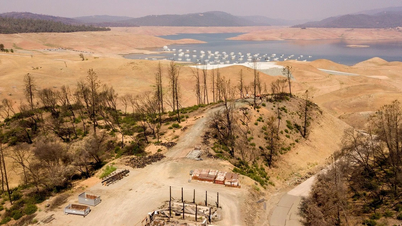









































































Comment (0)